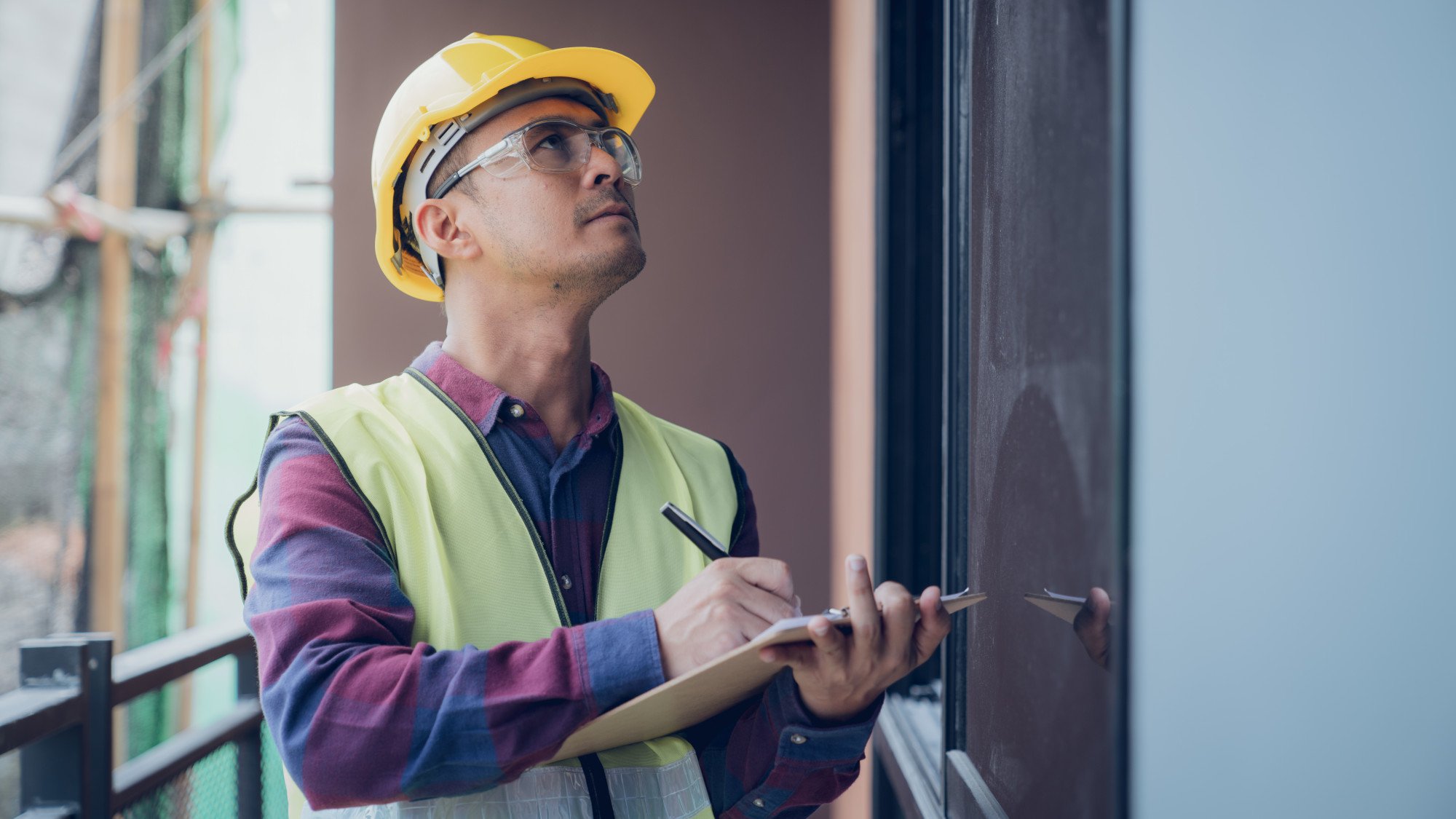Structural inspections are essential to engineering. They prevent injury, loss of lives and the decline of asset value. However, managers often perceive structural inspections as expenses, rather than investment.
Many companies invest huge amounts of money in designing and developing their machine parts, components and structures. Then when it comes to doing the maintenance that will prevent failure and keep those machines and structures in tip top form, managers avoid it.
In this article, we will discuss what is involved in structural engineering inspection, how stress eventually leads to fatigue failures and why detecting weaknesses and preventing failure increases your company’s net profit.
What is a Structural Engineering Inspection?
Structural Engineers perform systematic examinations to evaluate structural soundness, such as risk assessments. These are carried out when there are concerns about the structural integrity of a plant or machine.
This could involve a comprehensive inspection of the entire structure or a detailed investigation of a specific component. The load bearing on components, such as the trusses, foundation, beams, joists, or columns/beams, can be determined through structural inspections, such as Finite Element Analysis (FEA), a test that can determine if a product will break, wear out, or perform as intended.
Why Inspection Needs a Structural Engineer
A structure or machine must endure a variety of elements throughout its lifecycle. It must be able to withstand all the factors that exert pressure, e.g. weather, gravity, vibrations, motions, etc. There can be serious consequences if the structure is unable to withstand such forces.
Failures can be extremely costly. The loss of a machine can mean that the plant is no longer operational. Aside from productivity, there is also the risk of injury or even death. The best time to take action is at the first moment that an anomaly is observed. Don’t wait for a total breakdown to occur.
Structural engineers are experts in assessing structural issues and recommending solutions. These are specialists who have extensive knowledge in the physics, materials, and computations that can influence how a structure performs under different conditions.
Using advanced techniques, such as FEA, the structural or mechanical engineer can conduct an objective analysis of the problem, then assess a structure’s strength, durability, and safety. The whole machine structure, as well as members and components, are frequently included in the analysis.
Common Techniques Used in Structural Inspections
Structural engineering inspections are carried out by Engineers who use a variety of procedures, techniques and sophisticated tools. Advanced techniques such as ultrasound, dye penetrant tests, gamma-rays, vibration analysis and non-contact 3D inspection are commonly employed. Those techniques, especially non-contact inspection using 3D scanners, are known to provide reliable data and useful information about machine structures, equipment and steel structures.
3D scanning devices have become one of the most popular methods of inspection. Such scanners produce visible coloured light that capture a three-dimensional image of the structure in seconds. They are capable of generating high-resolution 3D data from virtually any fixture or machine components, and creating accurate 3D designs and CAD models that can be used for virtual prototyping.
This non-contact technique reveals and displays all relevant details in 3D, including minor cracks within the structure, along with specific information on the defects and cracks size and position. From the data and information generated from inspection, the experts can devise workable measures to stop the crack from spreading.
Benefits of Structural Inspections
Enhance the life of a structure
During regular operations or use, varying loads are applied to machine components and structures. This causes their value to decrease with time. Over time, the material fails at a stress significantly lower than its yield strength as a result of these cyclic loadings.
Structural inspections performed at regular intervals can increase the lifespan of machine parts and structures. Inspections performed by a specialist engineer will reveal any weaknesses or crack formations that might be occurring within the structure over time. The expert can also develop possible repair measures to prevent fracture propagation. This will help to avoid catastrophic damage to valuable assets at an early stage, thereby extending the life of the structure.
Prevention of structural breakdowns
Failure of machines and structures frequently begins with microscopic cracks that are only a few nanometres in size. If these cracks are not corrected at an early stage, they will expand into larger issues, which may lead to total breakdown, loss of life and expensive fixes. To prevent such catastrophic situations, regular structural engineering inspection by certified structural engineers is essential.
Conclusion
An effective structural maintenance process incorporates structural inspections. Hiring specialist structural engineers to conduct risk assessments and structural analysis can prevent avoidable loss of lives and property. These inspections must be viewed, not only as necessary, but as an investment in the business.
New techniques, such as non contact inspections using 3D scanners, offer a fast and cost effective method of evaluating structures and machine components. With regular inspections preventing total breakdowns, the lifespan of your most important assets will be extended adding tens of thousands to millions of dollars to your company’s bottom line.
Author
Kurt Zanker has 27 years’ experience in engineering and an impressive portfolio from his work with some of the largest companies from around the globe. His company Trevilla Engineering specialises in Inspection & Analysis using handheld 3D Scanners that deliver accuracy to 0.03mm; resolution up to 0.02mm; and scans areas up to 10m square.

